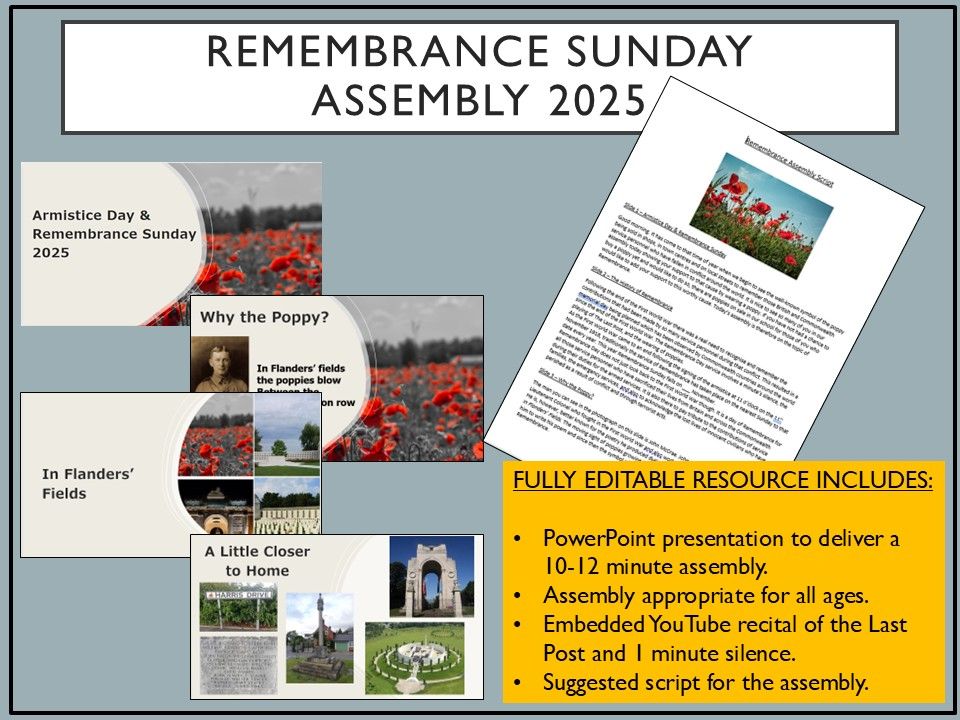M1nstrelResources
M1nstrelResources was created with the mission of providing a range of high quality, ready-to-go and fully editable resources that teachers can depend upon, enabling hard-working teachers to save valuable preparation time to improve work-life balance.




















